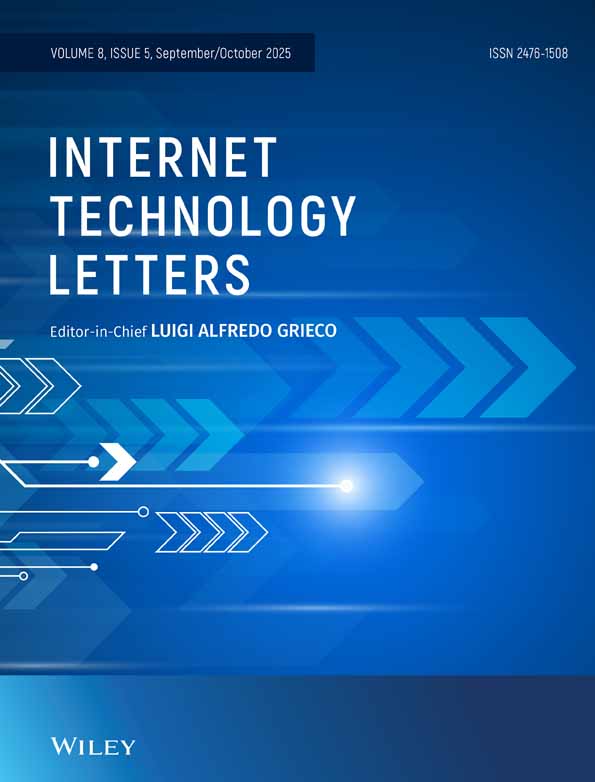Internet of Things Integrated Deep-Learning Algorithms Monitoring and Predicting Abnormalities in Agriculture Land
ABSTRACT
The Internet of Things (IoT) plays an essential role in the majority of the recent real-time applications to speed up the process of immediate actions against abnormal behavior. Surveillance monitoring systems using CCTV and web cameras were used in earlier applications; nevertheless, they could only monitor and generate videos. The data transmission rate in the surveillance monitoring systems was poor due to the less-performance internet technologies used in the earlier systems. Since they were restricted in data transmission speed, data size carried, communication distance, and sensing range. This paper integrates the fifth-generation Internet technology (5G) IoT devices and sensors and deep-learning algorithms to improve the efficiency of agriculture surveillance monitoring systems. It helps monitor, generate, and analyze the IoT data that can be processed immediately and predict the abnormal activities happening in agriculture. Landowners can take immediate action to save and recover the crops and their domestic animals concerning abnormal actions. This paper implements a Convolution Neural Network (CNN) algorithm for analyzing the IoT data and predicting abnormal activities. The experiment result is verified and compared with the other state-of-the-art methods to evaluate the performance of the proposed CNN.
Open Research
Data Availability Statement
Data sharing not applicable to this article as no datasets were generated or analysed during the current study.




